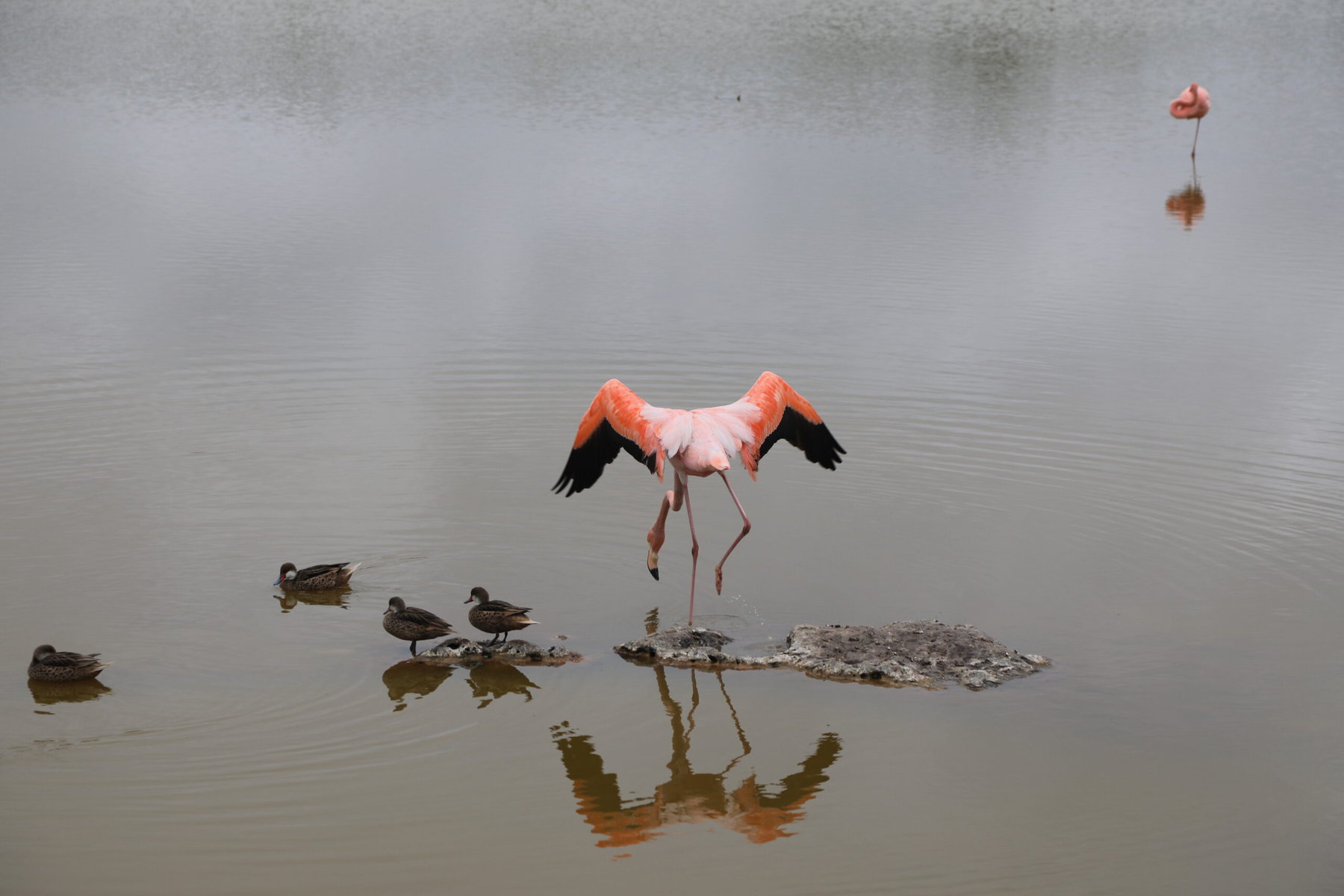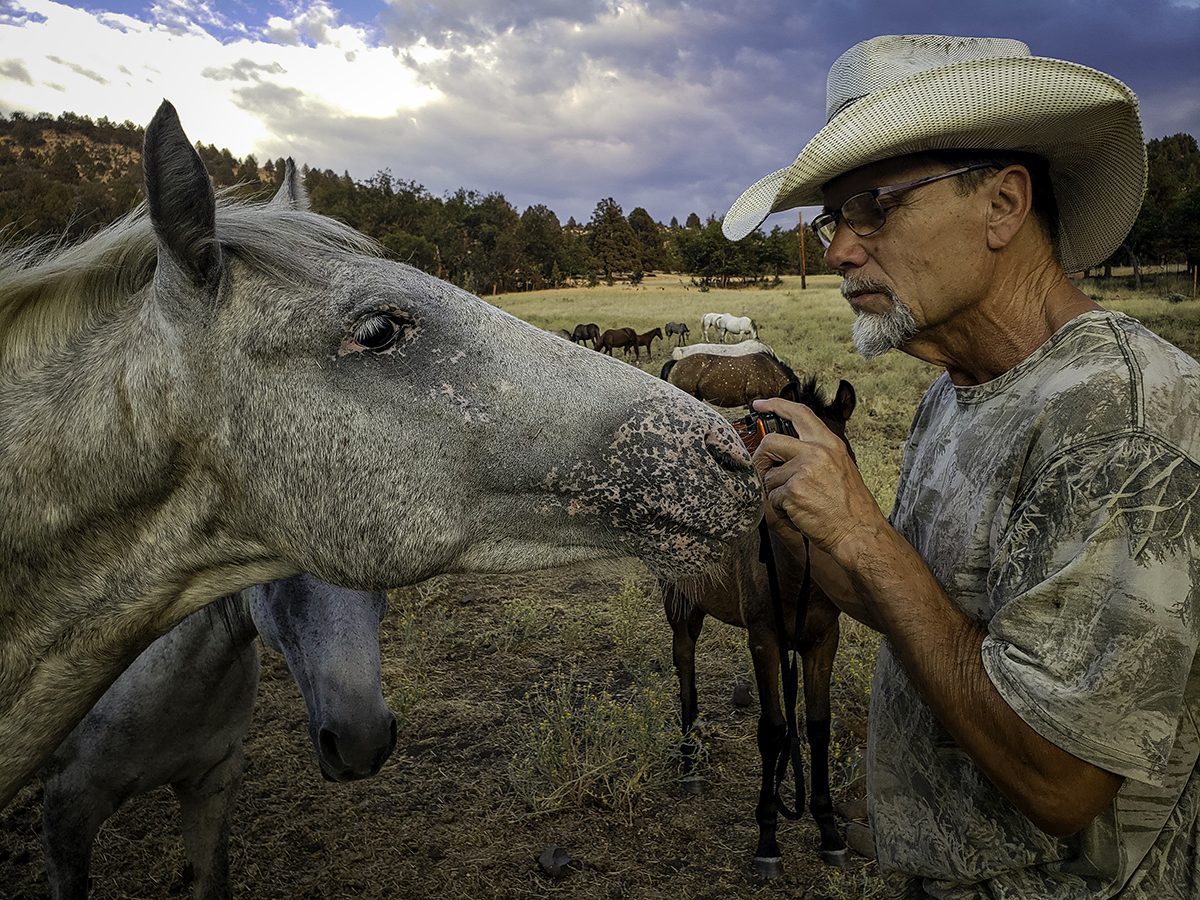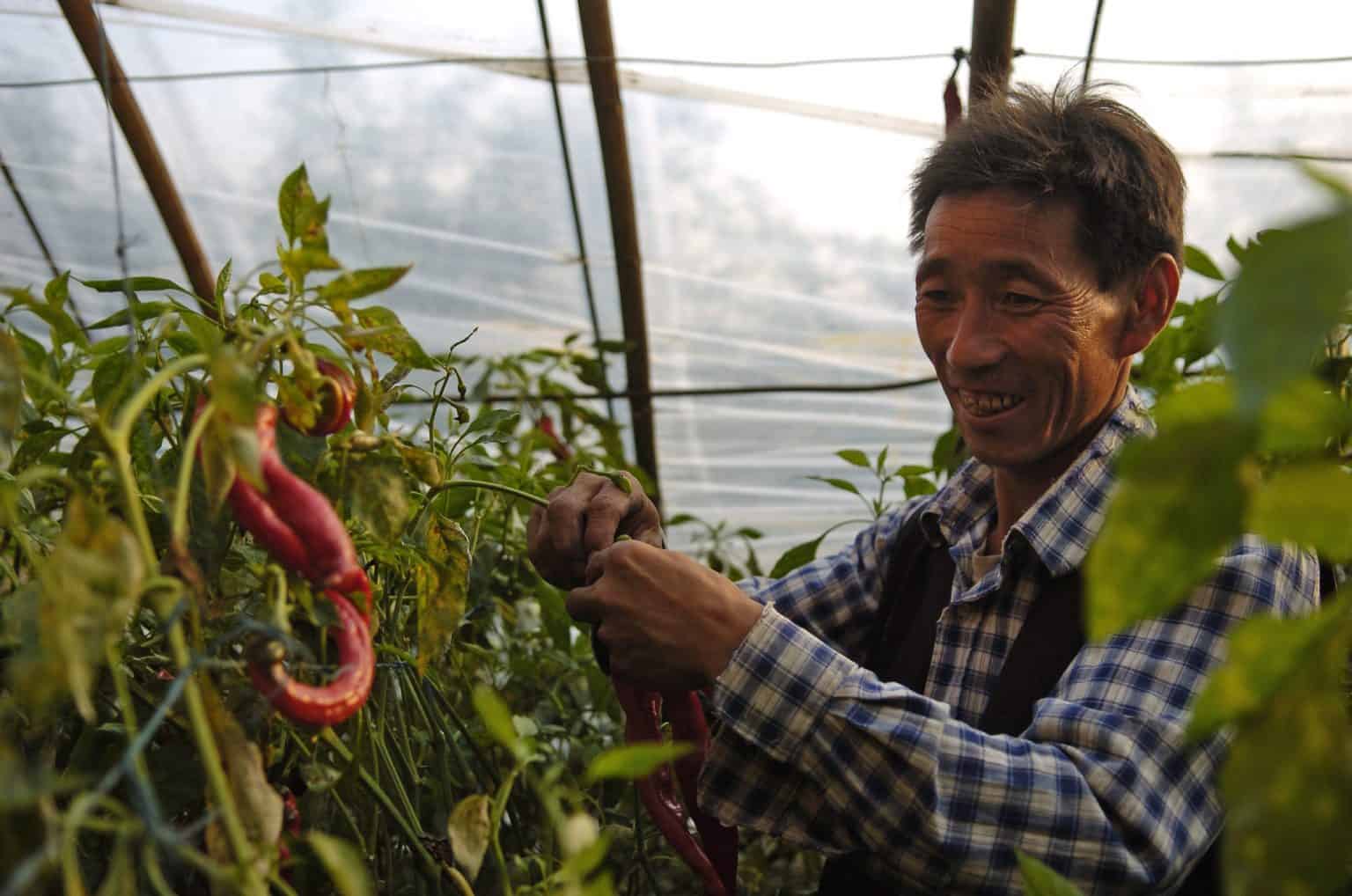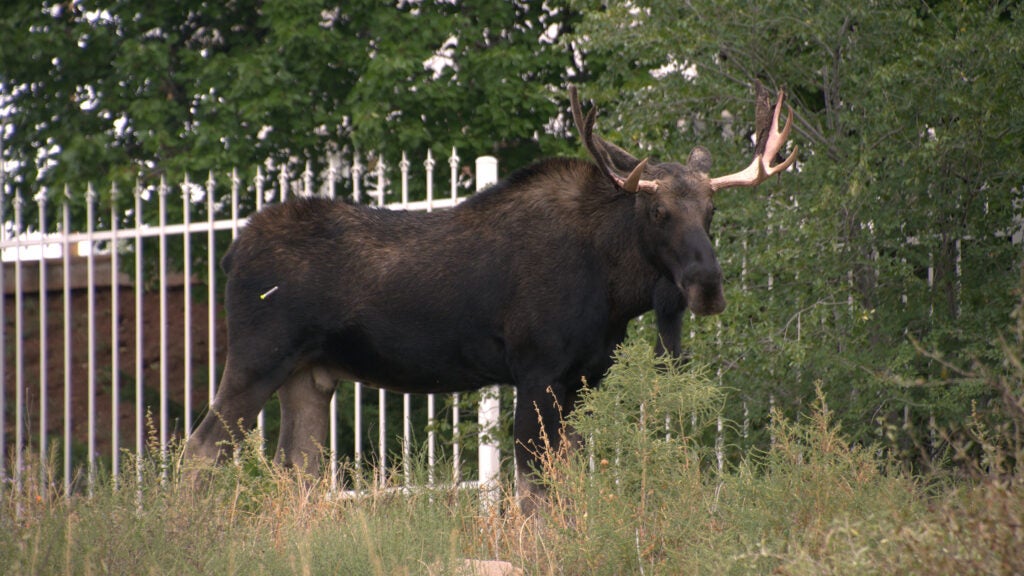In recent years, there has been a growing movement to transform the archipelago into a beacon of sustainability.
Just three blocks up from a seafront packed with hooting and howling Galapagos sea lions — adolescents chasing each other through rock pools, alpha males snoring in the midmorning sun and mothers teaching their pups how to swim — the daily market on the island of San Cristóbal is serving up its own endemic specialities.
Piles of ruby-red tomatoes, pinkish papayas and hulking great oranges line Marina Herrera’s stall. Beside them are bunches of thick plantains, sweet, finger-sized local bananas, as well as chunky chili peppers and heads of fresh lettuce.
“They’re all grown within a few kilometers of here,” says Herrera, a 73-year-old Galapagueña trader known by locals as Chambita. “The oranges come from Cerro Verde [a nearby mountain]. It’s cheaper than imported food. And it’s tastier.”
Herrera and her fellow stall holders are part of a community-led effort to transform the Galapagos Islands into a model of self-sufficiency, with their initiatives ranging from localized food systems to nature-based water treatment, renewable energy production, and a more equitable approach to the archipelago’s ecotourism.
The Galapagos Islands, a UNESCO World Heritage site, is the second-largest marine reserve in the world, and its remarkable abundance of wildlife found nowhere else on the planet inspired Charles Darwin’s groundbreaking Theory of Evolution.
The so-called Enchanted Isles are home to thousands of species, including more than 15 varieties of giant tortoise, the world’s only marine iguana, the only penguins found north of the equator, the ocean’s highest concentration of hammerhead sharks, pink flamingos, as many as 50,000 sea lions, and unique flora such as the lava cactus, a hardy species that is the first to grow after a volcanic eruption.
Now this unique cluster of islands, which lies in the Pacific Ocean some five hundred miles off the coast of Ecuador, is pioneering change.
With about 33,000 residents yet nearly 10 times more tourists visiting each year, it is a testing ground for a new vision of humans in harmony with nature.
In other words, the Galapagos are going green.
“There’s a global reach these islands have,” says Soledad Garcia-Ferrari, a professor at the University of Edinburgh and member of the Galapagos Living Lab for Energy Innovation, an initiative set up last year by national and international stakeholders.
“We have to use it to promote sustainability and equality, to have just food and energy systems on the Galapagos. That’s the purpose of what we are trying to do.”
Until the 19th century, the Galapagos had no permanent human inhabitants. But since people began living here, it has been a challenge to make life sustainable on the arid, volcanic archipelago. As a result of the rise of population and mass tourism in the 1950s, an increasing amount of resources, including gasoline and food staples, has been imported from the Ecuadorian mainland.
But in recent years, there has been a growing movement to transform the Galapagos into a beacon of sustainability. Over the past two decades, more than $72 million has been spent in constructing renewable energy sites, including the San Cristóbal Island Wind Project, which in 2007 became the first large-scale wind project in Ecuador — as part of the Zero Fossil Fuels in the Galapagos effort. More recently, the Galapagos Plan 2030 was launched to achieve several UN Sustainable Development Goals, and the Galapagos 2040 Vision set out the aim of net-zero across the archipelago by 2040, with a focus on equitable access to water, food and energy for locals.

“We have to really engage with local communities over how they see the transition and what they feel is important,” says Garcia-Ferrari, who worked with local contacts between 2019 and 2021 to survey residents across the Galapagos.
The pandemic, which halted incoming flights and ships, proved a compelling argument for maximizing self-sufficiency. In the blink of an eye, tourism disappeared and tour guides, once the breadwinners of many households, lost all their income.
“There was a lot of barter trade at the time,” says Sarah Naismith, a resident of San Cristóbal who supported Garcia-Ferrari with interviews during the lockdown. “The people here had to work together and survive by their own means.”
These days, no fresh meat or dairy is imported — chicken, beef, yogurt and cheese are all produced locally. Coffee is grown in the highlands of the islands. And if the local tomatoes are in season, then others can’t be brought in from elsewhere.
But locals have long been at the heart of making the Galapagos a more sustainable place. Patricio Proaño, director of the campaign group, Fundación un Cambio por la Vida (A Change for Life Foundation), was inspired to campaign to make bicycles the local transport of the islands after he lost his son in a vehicle accident in 2009.
“Galapagos was losing its north,” says Proaño, who lives on the island of Santa Cruz. “I wanted to turn this moment of pain into something of love that could make all of our lives better.”
Since then, off the back of Proaño’s efforts, 42 kilometers of cycle paths have been built, and a Mobility Plan for the Galapagos has been launched — even if the use of cars is still for now widespread. Proaño argues that they should all go electric.
Elsewhere, there’s been a spread of clean technology inspired by nature.
Mirroring the cold-blooded marine iguanas that cover the islands’ beaches, soaking up sun all day to give them energy to hunt in the ocean, solar-powered water heaters are now supplying over 200 hotels and homes on the islands of Isabela and Santa Cruz.
“The black surface heats up from the sun,” says Max Martin, who began distributing the devices in 2012 through his local company Orcatec.
Martin says that the systems are much more efficient than solar panels, which only convert around 20 percent of solar energy into electricity — whereas solar heaters are around 80 percent efficient. He says the devices, which cost around $3000 and have a lifespan of 20 years, pay for themselves in three to five years.
“It’s a great solution that helps us attract visitors as a sustainable option,” says Juan Pablo, owner of Hotel Fiesta on Santa Cruz, which has had a solar heater since 2017.
Orcatec has also been promoting nature-based wastewater treatment. On the island of Isabela, there is the largest constructed wetland in Ecuador, which is purifying the sewage water of 1,500 inhabitants and 100,000 tourists every year. In turn, the processed wastewater is then used as a fertilizer to grow crops.
“We have water and fertilizer scarcity — it’s effective in both ways,” says Martin.
These efforts are born of necessity. The unique ecosystem of the Galapagos, which can easily be tipped out of balance, relies on a complex blend of hot and cold ocean currents, but is at the mercy of the climatic phenomenon El Niño, which is bringing warmer waters and more intense rains. A scientific study in 2021 described the Galapagos as “one of the major vulnerable global hotspots” to climate change.
But by working with residents, the Charles Darwin Foundation, a nonprofit dedicated to scientific research on the Galapagos, has at the same time achieved great successes in protecting and restoring species.
Giant tortoise breeding programs have proven so successful that some centers have even closed down due to a lack of need.
Numbers of the vermilion flycatcher, a bird with bright red plumage also known as Darwin’s flycatchers, have taken off following a precipitous decline.
Meanwhile, an ongoing effort to push back the spread of the invasive blackberry — a rapidly spreading plant that has over the years taken over the land from the endemic scalesia forests, which support local birds — is already bearing fruit.
“There are a lot of agricultural farms that have been semi-abandoned because they have been overrun by invasive species,” says Heinke Jäger, a scientist at the foundation, which is training farmers to plant scalesia on their private land. “It’s costly to stop it, they are aggressive. The farmers are happy to get rid of them.”
Yet issues do remain. By its nature, the Galapagos has been subject to a number of different visions and conflicting interests, meaning that funds are sometimes used in overlapping projects.
Much of the energy network, too, is disconnected — solar panels and windmills have been installed, but some areas remain underserved.
And inequality is still a serious problem: While luxury cruises steam through every week, a lot of local children don’t even know how to swim, let alone have ever been diving.
Going forward, however, the hopes are that a better balance can be achieved on these iconic islands through a just, community-led energy transition. In July, the Living Lab for Energy Innovation held a summit exploring ideas such as how small boats like water taxis could go electric and the potential of hydrogen to help decarbonize communities.
“There are challenges, but a lot of initiatives are on the right track,” says Garcia-Ferrari. “This can be an example to the rest of the world to live sustainably with a minimal footprint.”
















